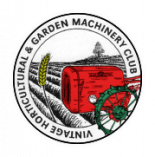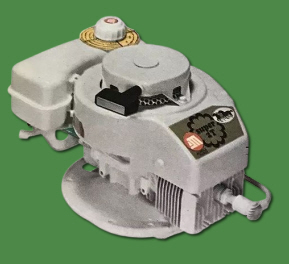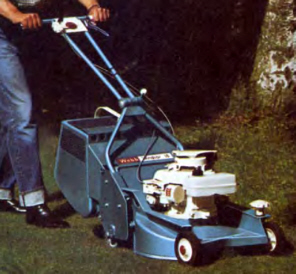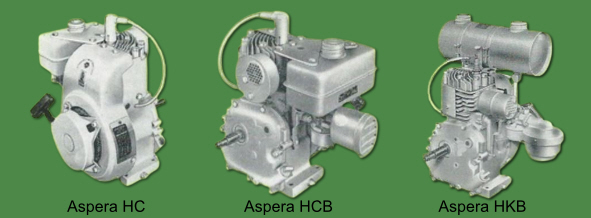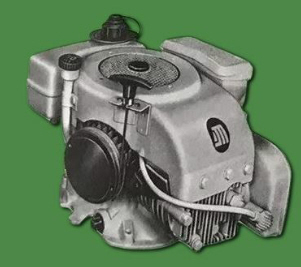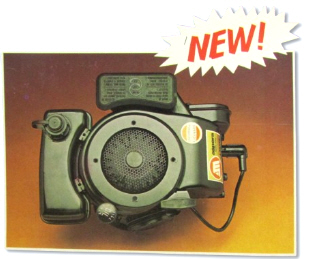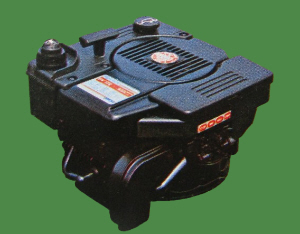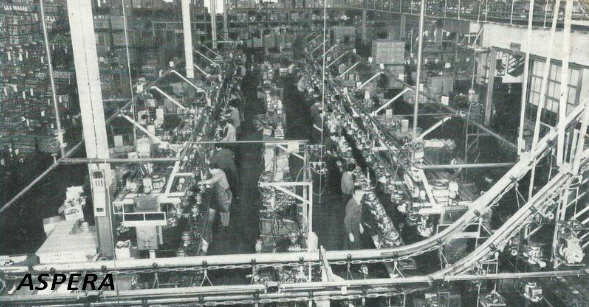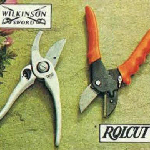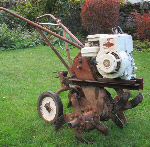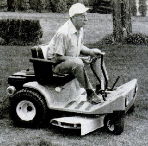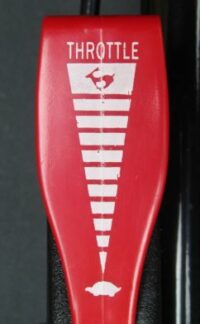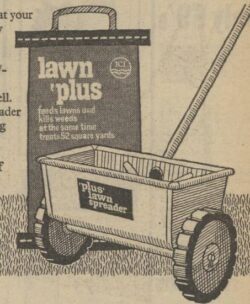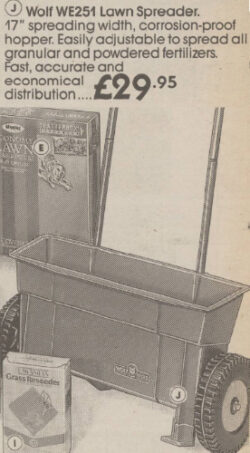Compost – A little bit of history
April 1, 2025 in Articles
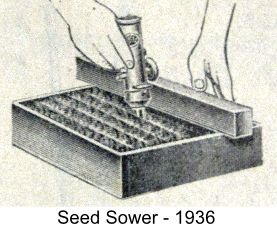
Gardening requires patience, persistence, and a certain amount of hard work. Thankfully, we have a huge range of machinery to help with the work element. There are secateurs for pruning, spades for digging, mowers for grass cutting, tillers for the vegetable garden, and a never-ending list.
This article is a little bit of history about compost. After all, it is an important component that makes plants grow, and accordingly, there is a need for all the tools we buy and collect.
Surviving from the 20th century are a lot of vintage machines, tools and items – including seed packets, seed sowers, and vintage terracotta pots – related to compost and growing media.
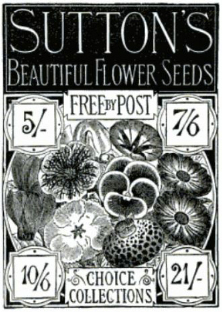
In the domestic garden, making compost has long been important, whether for borders, use in plant pots or sowing seeds as illustrated in this late 1800s Sutton’s advert.
By the 19th century gardening periodicals were advising on potting up greenhouse plants and various ‘recipes’ for compost. These usually included mixing fine peat siftings with loam and sand; for potting up pansies also mix in well-rotted and thoroughly dried cow manure (apparently they like it – but would it attract flies into the Victorian conservatory?).
Additionally, a good compost for palms requires equal proportions of fibrous peat and turfy loam, adding half an inch of bones (unspecified source), and an unknown quantity of sand (perhaps throw in a handful?). Other recipes included horse manure, leaf mould, charcoal and silver sand. Sphagnum moss and cocoa-nut (sic) fibre were advertised as able to aid in growing plants. The recipes likely worked, albeit somewhat unscientific, trial-and-error, with a rather ad-hoc approach. One writer in 1881 said that the plants “were often victimised”.
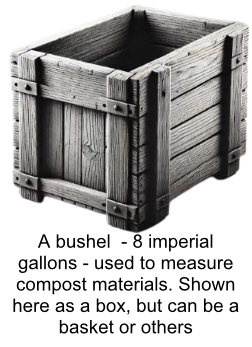
Thankfully, commercial progress was made with compost. But it wasn’t until the early 20th century that the John Innes Horticultural Institute in the UK was created. In the 1930s, researchers there (William Lawrence and John Newell) created standardized compost formulas to improve plant growth and ensure consistency – the origins of the John Innes loam-based (sterilized topsoil) composts that we see at the garden centres today. These formulas were not patented so anyone could benefit, and allowed others to produce them for nurseries, research institutions, and later as bagged products for the home gardener. Occasionally, vintage compost sacks, in paper and hessian, bearing the John Innes name do come up for sale on the internet.
Often compost was measured by the bushel (Illustrated, above right) and mixed by hand – a bushel being eight imperial gallons in the UK. Many vintage periodical adverts stated their products in bushels, including leaf mould, peat mould, and loam all at one shilling per bushel in 1883. The word bushel comes from the French ‘little box’, and I can remember in the 1990s still using a wooden box for measuring compost. Has anyone come across a vintage bushel?
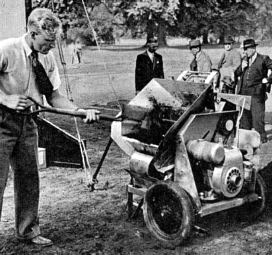
Of course, mechanical machines became available to help with mixing compost and soils. In 1949 at the National Association of Groundsman at the Hurlingham Club, London, the Pneulec Royer petrol-powered compost shredder mixer was being demonstrated (Illustrated on the right). Apparently, the design was originally made to help the production of John Innes compost mixtures but users found it could also aerate old compost, produce top dressings, etc. It could handle wet or dry materials and produce compost of a size that could hold moisture and be easy to use.
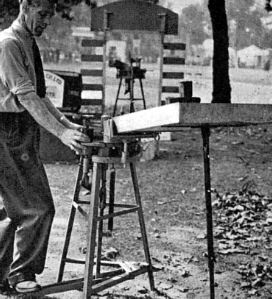
Demonstrations also took place for the Quick-Press soil block machine by L. Garvin Ltd, Isleworth. A press of the pedal (as illustrated on the left) produced a block of soil. This was a time-saving machine and ideal for the commercial nursery and soil block culture of plants. One plant could be grown in each block, and it also removed a need for plant pots.
The Quick-Press machine was in great demand abroad. Trials were carried out in the 1950s in New South Wales, Australia, to see if the machine and soil block culture would help with early tomatoes, cucumbers and melons. Charlie Moore exhibited such a machine at Malvern in the autumn of 2023.
In the 1950s, the University of California investigated loam-free composts which instead used peat and sand as the main components. In the UK, Fisons Levington Research Station investigated the use of peat as the main component. Subsequently, Levington’s loam-free compost was launched to the professional market in June 1966, and then launched to the public. You can read more from Levingtons here. Other brands were available.
For domestic gardeners, bagged peat-based composts from many manufacturers became popular. I surmise that this was due to a rise in suburban gardening (more houses, more leisure time, etc), the rapid expansion of garden centres (the first in the UK opened in 1955), the launch of BBC Gardeners’ World in 1968 encouraging people to garden, and the increasing availability of glossy gardening magazines filled with enticing adverts. This inspired many families to pile into their Morris Minor on a Saturday afternoon, heading off to buy plants, pots, and various gardening supplies—including the convenient, easy-to-handle plastic-bagged compost from brands like Arthur Bowers or Levingtons.

Making life easier for the gardener was a good way to advertise a product. In the 1960s and ’70s compost-filled pots with ready sown seeds were available by mail order. A convenient way to grow from seed but it doesn’t seem to have been a big hit.
In 1964, “amazing results! with new Vermipeat” (Illustrated, right) which could grow plants better and faster than using John Innes. But was this better than sowing a packet of seeds into a tray?
And finally, in 1976, an enterprising Australian nurseryman found a way to make degradable plant pots from cow manure. As the saying goes “where there’s muck there’s money”.
